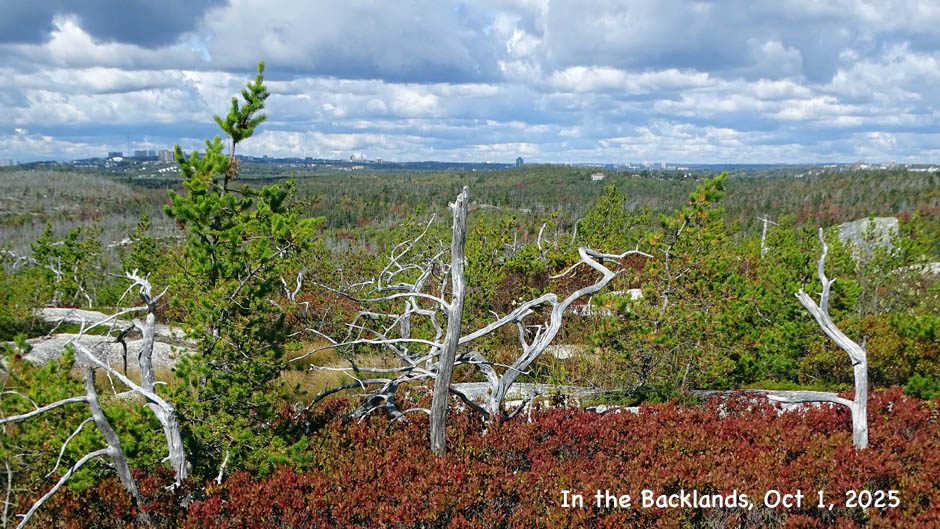List received from Martha R Leary of WLCC/Backlands Coalition on Oct 26, 2023
The list began as Katie Studholme reviewed WLCC ‘S past bird surveys and ebird for N.S. Bird Species at Risk that were present in the Backlands. Katie shared her list and Dr. David Patriquin added some current plant species to the list. I added species from our bird survey this summer, observed and reported by Joshua Barss Donham and Fulton Lavender. Two non-bird species were reported by residents of Williams Lake.
Dr Cindy Staicer, Dal Biology (retired), is assisting in our Common Nighthawk project. She analyzed the data in the ARU that we had placed in the Backlands this summer. She analyzed the data for the presence of bird species at risk and reported it to us. I have included this updated data list in our response to HRM Planners for the Regional Plan.”
Rankings from Species at risk in Nova Scotia listed by status category.
Dates in parentheses are the last dates on which their presence in the Backlands was confirmed.
Endangered Bird Species
– Barn Swallow (2022)
– Rusty Blackbird (2023)
– Chimney Swift (2023)
– Canada Warbler (2015)
– Bank Swallow (historical)
Threatened Bird Species
– Common Nighthawk (2023)
– Olive-sided Flycatcher (2023)
– Eastern Whip-poor-will (historical)
Vulnerable Bird Species
– Eastern Wood-Pewee (2021)
– Bobolink (2021)
– Evening Grosbeak (2023)
– Peregrine Falcon (2017)
Other Species at Risk
– Little Brown Myotis (Myotis lucifugus) – endangered (2023)
– Monarch butterfly – Endangered in NS (2023)
– American eel – Threatened in Canada (2023)
– Snapping Turtle – Vulnerable (2023)
2. Provincial Level Rankings for plants from ACCDC
These are “Priority Species” – see Priority plant species and associations on this website
Flora
– Golden Heather (Hudsonia ericoides) S2 Imperiled (2023)
– Mountain Sandwort (Minuartia groenlandica) S2 Imperiled (2023)
– Burnt Sedge (Carex adusta) S3/S2 Vulnerable/Imperiled (2023)
Plant Community
– Jack Pine/Broom Crowberry Barrens (2023). Broom Crowberry and Jack Pine both have S4 status (Apparently Secure) in NS but their occurrence together is “Nationally unique and globally rare” (Hill & Patriquin, 2014). This community is the equivalent of NSFVT OW1 (“This nationally unique, range-limited ecosystem is one of the least common VTs, largely isolated to cool dry ridges and hill tops.”)
– Red Pine-Jack Pine/Broom Crowberry Coniferous Woodland (2023). This community is equivalent to NSFVT OW4 (“Global occurrences of this provincially uncommon ecosystem are limited to Nova Scotia.”). Very restricted occurrence in the Backlands – see Fire Scars & Old Trees on this website.
